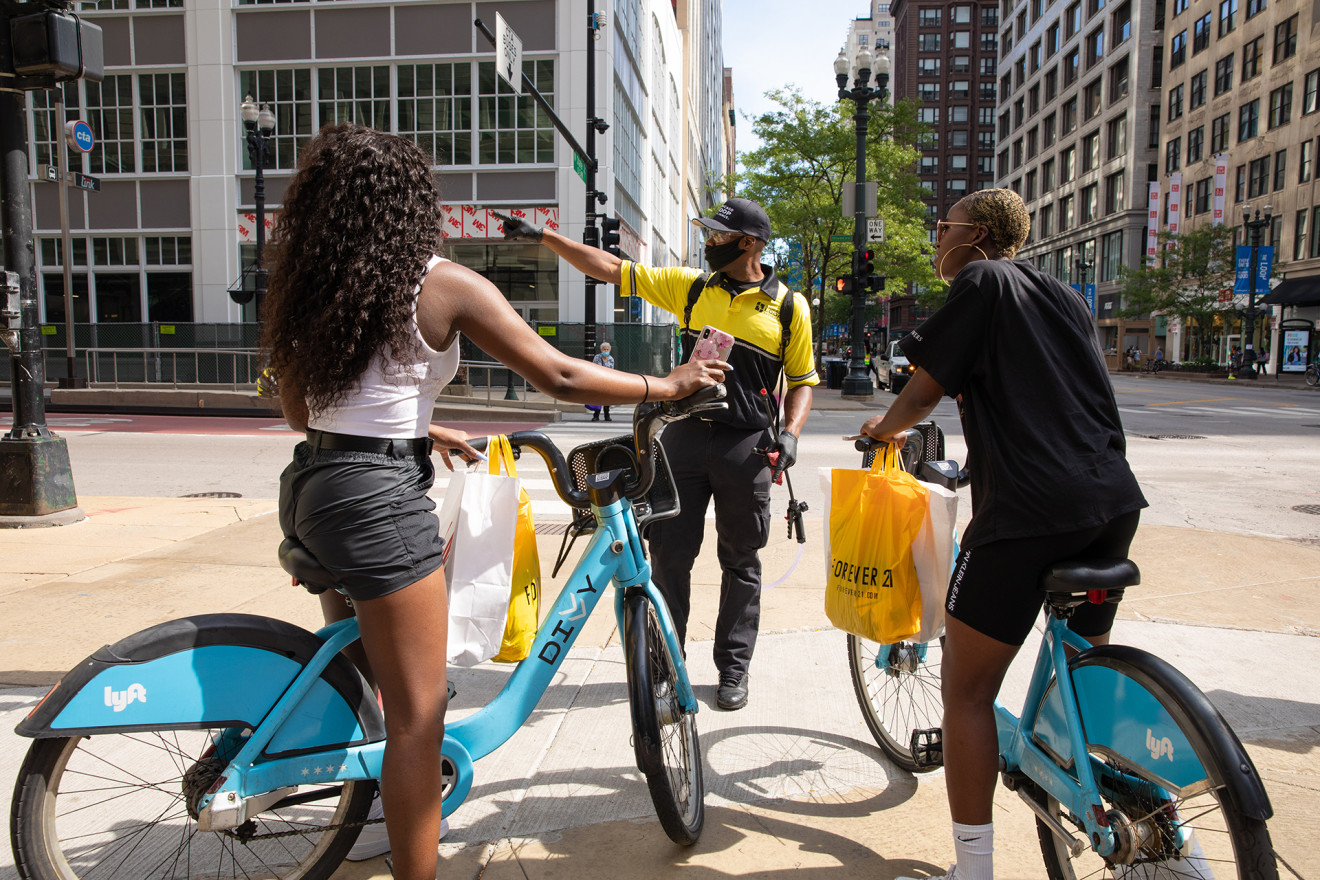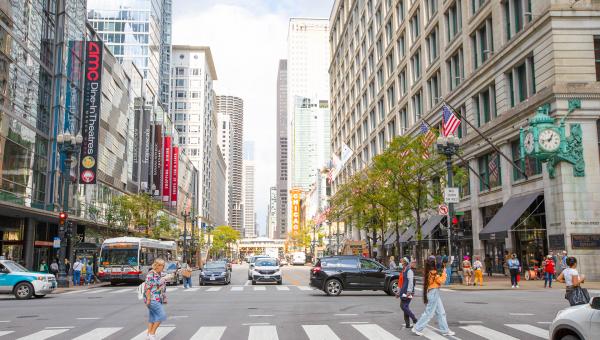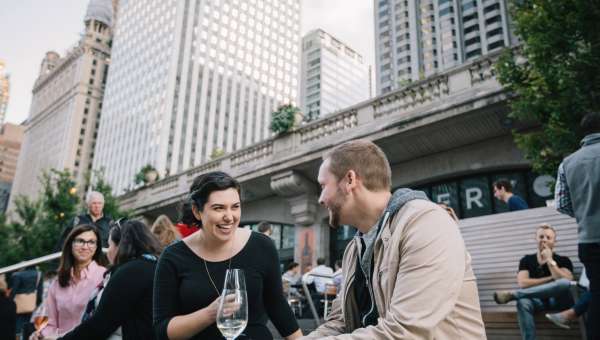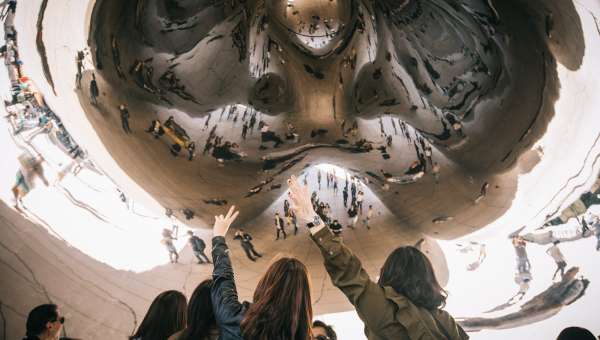Posted 3 years ago in Trending, Guest Blog, Op-ed by Michelle Kaffko of Organic Headshots
5 MIN READ – “I hate what’s happening to Chicago.” It’s something a relative of mine who moved out of state over 20 years ago said to me once when I asked if they would ever move back.
“What do you mean?” I asked.
“You know– I see it on the news all the time, there’s just so much crime, it’s so dangerous!”
I’ve lived in Chicago since 2003 and have run a small business here since 2005. And everyone else I know who lives and works in this amazing city rolls their eyes when they hear those same statements made by out of towners.
This op-ed was originally published by Michelle Kaffko of Organic Headshots here.
Full disclosure: I’ve only lived in neighborhoods that score reasonably low on the crime meter (Logan Square, Lincoln Square, Lakeview, and an area of Humboldt Park my realtor refers to as “West Bucktown” because it sounds better).
But overall, crime rates in Chicago are dropping, not rising, and per capita we are decidedly average crime-wise for a large city. Even ABC news admits to that on its crime tracking page that, when comparing to other major U.S. cities ranks Chicago:
- 11th in aggravated batteries (down 5%)
- 17th in burglaries (0% change)
- 6th in homicides (down 3.9%)
- 11th in Robberies (up 13%)
- 11th in sexual assaults (up 5%)
- 16th in thefts (up 42%)
Vehicle thefts are up a whopping 87%, but 16 other cities still have much higher rates:
I won’t clutter this opinion piece with too many statistics, but I wanted to share this doozy from the FBI’s Crime Data Explorer that shows a pretty steady trend downward in Chicago’s crime since 1985:
All of this is just to say that CHICAGO IS NOT THE MAD MAX THUNDERDOME THAT THE NATIONAL NEWS AND EVEN SOME LOCAL NEWS OUTLETS CLAIMS IT IS. According to some news outlets *cough*FoxNews*cough* you would think every storefront is boarded up, every car parked for more than 20 minutes is lit on fire, and every person you say “hello” to on the street is likely to grab your wallet and run away cackling.
Chicago is a city. And like every major city, it will never be devoid of crime. And there is much more crime here than any of us wants. And there is so much more we can do to make every neighborhood safer for everyone. But we can’t do those things if we all collectively decide that Fox News’s rumors are true and it’s too dangerous to live or work here.
So how do we make our city safer?
First off, don’t ask me. I’m a photographer, not a social scientist, criminal behavior analyst, or law enforcement specialist.
But as a native Chicagoan and small business owner, I can name at least one group with methods that have been making the Loop safer and more vibrant since 2005 (or since 1929 if you go back far enough to when it was formed as a merger of two other associations originally formed to promote safety and prosperity in Chicago business after the Great Depression).
We’re an active member of the Chicago Loop Alliance (our studio is on the West Town / West Loop border but the majority of our clients are in the Loop so we’re there several times a week) and they’ve been an absolute hero in collecting Loop data on safety, residential living, and economic development in the Loop.
After the pandemic and unrest of 2020 labeled the Loop as the epicenter of Chicago crime, CLA launched Sundays on State, which brought over half a million visitors to celebrate, meet each other, be introduced to local businesses and artists, and remind everyone that we all call this wonderful city home.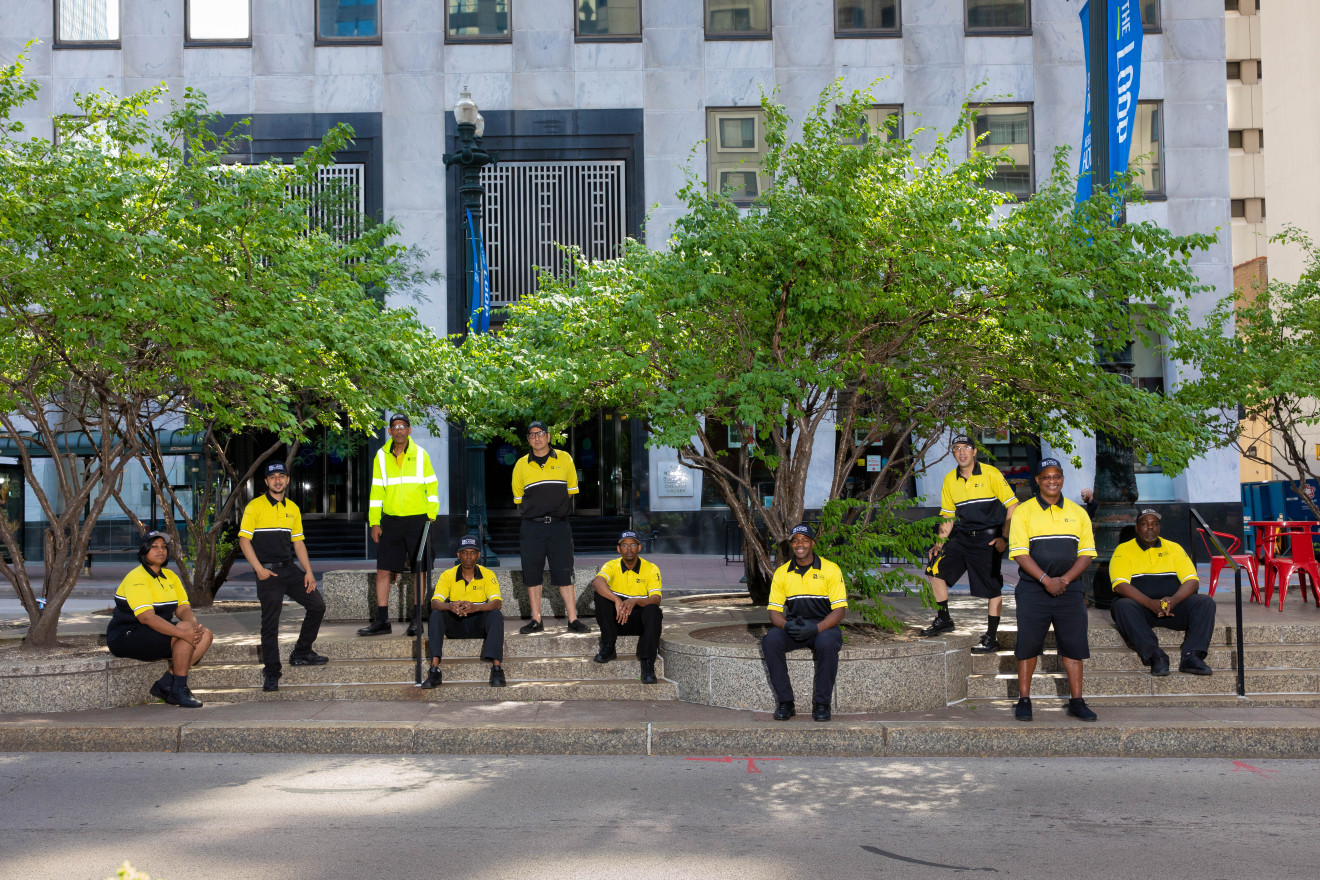
We’ve had the honor of photographing the Chicago Loop Ambassadors— CLA’s team of boots on the ground who ensure visitors and locals feel safe and welcome in the Loop by cleaning, giving directions, and helping those experience homelessness find resources.
CLA understands that to drive crime out you bring in the right resources that help businesses like ours thrive, such as real-time interactive systems for Loop business owners to find and get help diffusing threats and maintain contact with fellow business owners to help each other.
Look. Again, we live in a city. Cities have crime. But you don’t stay safe by only running from the crime and telling everyone else you know to run from it. I got food poisoning from some tofu the other week and that doesn’t mean I’m never going to eat tofu again. I might tell people to give it a good sniff to ensure it’s fresh, but not blast it all over the news that tofu is the most dangerous food in everyone’s fridge, so don’t open your fridge because you might die.
Chicago is a vibrant community of a few million people who love to live and work and play here. If it was the crime thunderdome from hell that some news anchors say it is, then why is foot traffic up 37% and hotel occupancy up 42%, and the number of office workers up 78%? And why did more than 46,000 people live in the so-called thunderdome last year, which is up from about 42,000 in 2020 and 29,000 in 2010?
Yes the city can be dangerous. I’m not here to ignore that danger or encourage recklessness or say that we don’t have work to do, because we still have a helluva lot of work to do to make things safer where we live and work. It would just be great if we could be more realistic about that danger, and not encourage this catastrophic false narrative that is hurting Chicago businesses.
Michelle Kaffko is the owner of Organic Headshots, which has previously photographed Chicago Loop Alliance's Loop Employee of the Month campaign, CLA staff, and Chicago Loop Alliance ambassador photos.

